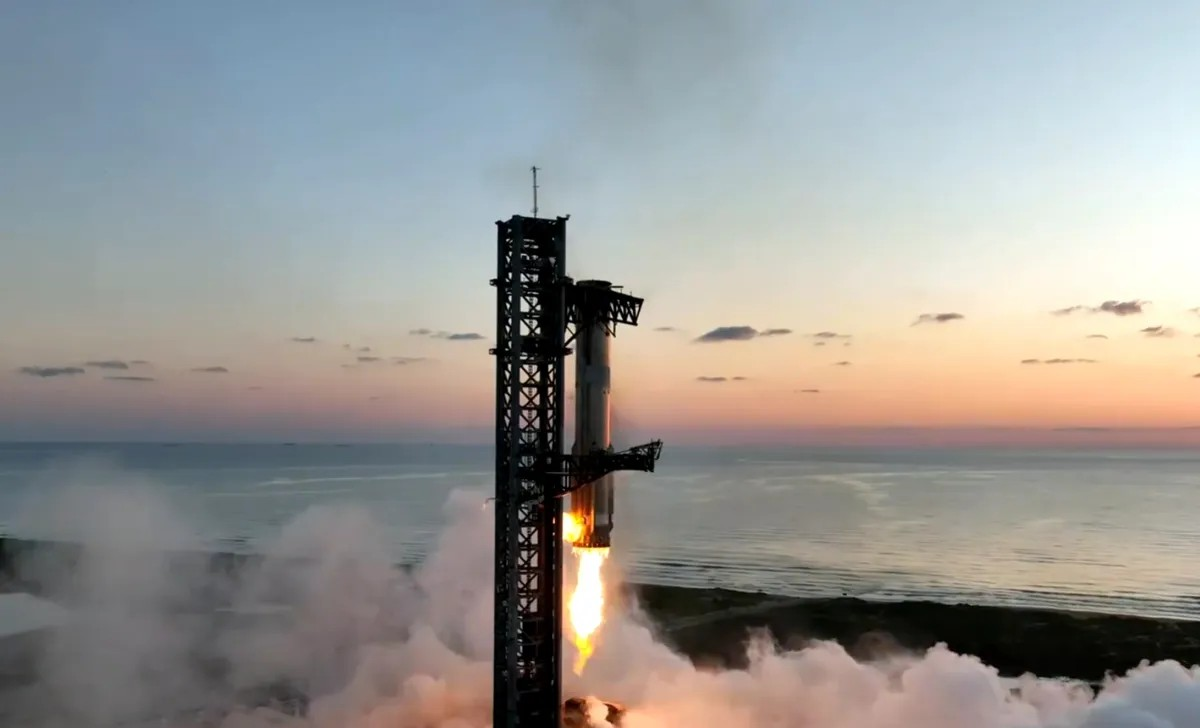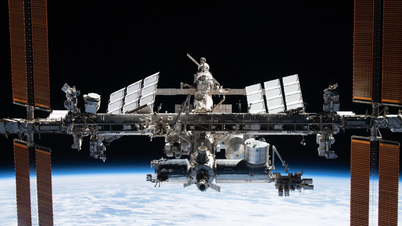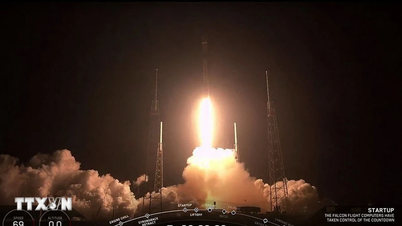Early on the morning of October 13 (local time), SpaceX launched the giant rocket Starship from the Starbase site in South Texas, USA. After a short journey into space, the 50m high upper stage landed in the Indian Ocean after orbiting the Earth as planned.

In this test, Elon Musk’s company made history by successfully recovering the reusable Super Heavy booster stage. It separated from Starship and slowly fell vertically back to the launch pad. Previously, booster stages had either splashed into the water or been damaged, but this time, SpaceX “grabbed” it with the giant mechanical arms of a system called a mechazilla.
SpaceX's feat is considered amazing. Capturing the booster is crucial to Starship's reusable design.
On social network X, CEO Elon Musk did not hide his pride when calling this "a big step forward in creating multi-planetary life".
This was the first time SpaceX had captured a booster without any serious damage, instead of exploding or crashing into the water. While SpaceX is no stranger to rocket recovery, the challenges and risks are enormous for Starship – the largest and most powerful rocket ever built. The successful demonstration shows that SpaceX is not only capable of building mission-ready vehicles, but also of building the rare powerful reusable rockets.
The company’s unprecedented approach could save hundreds of millions of dollars not only on scientific missions but also on commercial operations. Musk’s startup has signed a contract with NASA to carry out its ambitious Artemis missions.
The Starship launch system is 121m tall and can carry up to 100 people. With its latest flight, SpaceX has achieved both the goal of successfully capturing the booster and having the upper stage splash down after reaching space.
"SpaceX engineers spent years preparing and months testing for the booster attempt, with technicians spending tens of thousands of hours building the infrastructure to maximize the chance of success," SpaceX shared.
The company will continue to test more while preparing for its contract with NASA, as well as for crewed missions to the Moon and eventually Mars.
SpaceX was most recently valued at $180 billion. In an April report, Morgan Stanley predicted Starship would begin commercial operations by 2027.
(According to Digital Trends, FT)
Source: https://vietnamnet.vn/spacex-lam-nen-lich-su-khi-thu-hoi-thanh-cong-ten-lua-day-super-heavy-2331664.html






































































































Comment (0)